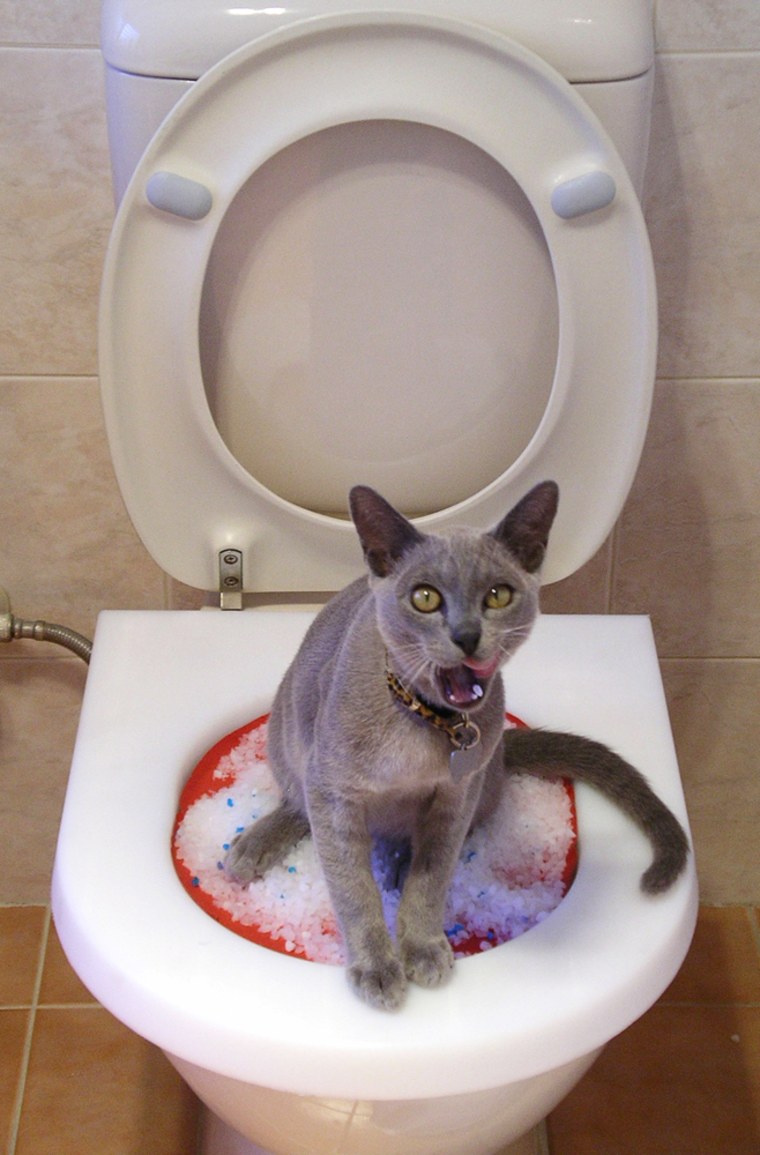Dangers of Disposing Cat Poop in Your Toilet - Precautionary Measures
Dangers of Disposing Cat Poop in Your Toilet - Precautionary Measures
Blog Article
They are making several great points regarding Don’t flush cat feces down the toilet overall in the article on the next paragraphs.

Introduction
As pet cat proprietors, it's important to bear in mind how we get rid of our feline buddies' waste. While it might appear practical to flush feline poop down the toilet, this practice can have damaging consequences for both the environment and human wellness.
Alternatives to Flushing
Fortunately, there are much safer and much more accountable means to get rid of pet cat poop. Think about the complying with options:
1. Scoop and Dispose in Trash
One of the most usual technique of disposing of feline poop is to scoop it right into an eco-friendly bag and toss it in the garbage. Make certain to use a devoted clutter scoop and dispose of the waste quickly.
2. Usage Biodegradable Litter
Opt for eco-friendly feline litter made from materials such as corn or wheat. These litters are eco-friendly and can be safely thrown away in the trash.
3. Hide in the Yard
If you have a backyard, take into consideration hiding pet cat waste in a marked location away from veggie yards and water resources. Make certain to dig deep sufficient to avoid contamination of groundwater.
4. Set Up a Pet Waste Disposal System
Invest in a pet dog garbage disposal system particularly developed for cat waste. These systems use enzymes to break down the waste, lowering smell and ecological impact.
Wellness Risks
In addition to environmental concerns, purging pet cat waste can likewise position health threats to people. Feline feces might consist of Toxoplasma gondii, a bloodsucker that can create toxoplasmosis-- a potentially severe health problem, particularly for expectant ladies and individuals with damaged body immune systems.
Environmental Impact
Purging feline poop introduces unsafe microorganisms and parasites right into the water system, positioning a significant threat to water ecosystems. These contaminants can adversely impact aquatic life and concession water top quality.
Final thought
Responsible animal ownership expands beyond providing food and sanctuary-- it also involves appropriate waste management. By avoiding flushing feline poop down the toilet and going with alternative disposal approaches, we can reduce our ecological impact and protect human wellness.
Why Can’t I Flush Cat Poop?
It Spreads a Parasite
Cats are frequently infected with a parasite called toxoplasma gondii. The parasite causes an infection called toxoplasmosis. It is usually harmless to cats. The parasite only uses cat poop as a host for its eggs. Otherwise, the cat’s immune system usually keeps the infection at low enough levels to maintain its own health. But it does not stop the develop of eggs. These eggs are tiny and surprisingly tough. They may survive for a year before they begin to grow. But that’s the problem.
Our wastewater system is not designed to deal with toxoplasmosis eggs. Instead, most eggs will flush from your toilet into sewers and wastewater management plants. After the sewage is treated for many other harmful things in it, it is typically released into local rivers, lakes, or oceans. Here, the toxoplasmosis eggs can find new hosts, including starfish, crabs, otters, and many other wildlife. For many, this is a significant risk to their health. Toxoplasmosis can also end up infecting water sources that are important for agriculture, which means our deer, pigs, and sheep can get infected too.
Is There Risk to Humans?
There can be a risk to human life from flushing cat poop down the toilet. If you do so, the parasites from your cat’s poop can end up in shellfish, game animals, or livestock. If this meat is then served raw or undercooked, the people who eat it can get sick.
In fact, according to the CDC, 40 million people in the United States are infected with toxoplasma gondii. They get it from exposure to infected seafood, or from some kind of cat poop contamination, like drinking from a stream that is contaminated or touching anything that has come into contact with cat poop. That includes just cleaning a cat litter box.
Most people who get infected with these parasites will not develop any symptoms. However, for pregnant women or for those with compromised immune systems, the parasite can cause severe health problems.
How to Handle Cat Poop
The best way to handle cat poop is actually to clean the box more often. The eggs that the parasite sheds will not become active until one to five days after the cat poops. That means that if you clean daily, you’re much less likely to come into direct contact with infectious eggs.
That said, always dispose of cat poop in the garbage and not down the toilet. Wash your hands before and after you clean the litter box, and bring the bag of poop right outside to your garbage bins.
https://trenchlesssolutionsusa.com/why-cant-i-flush-cat-poop/

I ran across that entry about Don’t flush cat feces down the toilet when looking around the internet. Be sure to set aside a second to share this write-up if you liked it. I cherish reading our article about How to Dispose of Cat Poop and Litter Without Plastic Bags.
Call Today Report this page